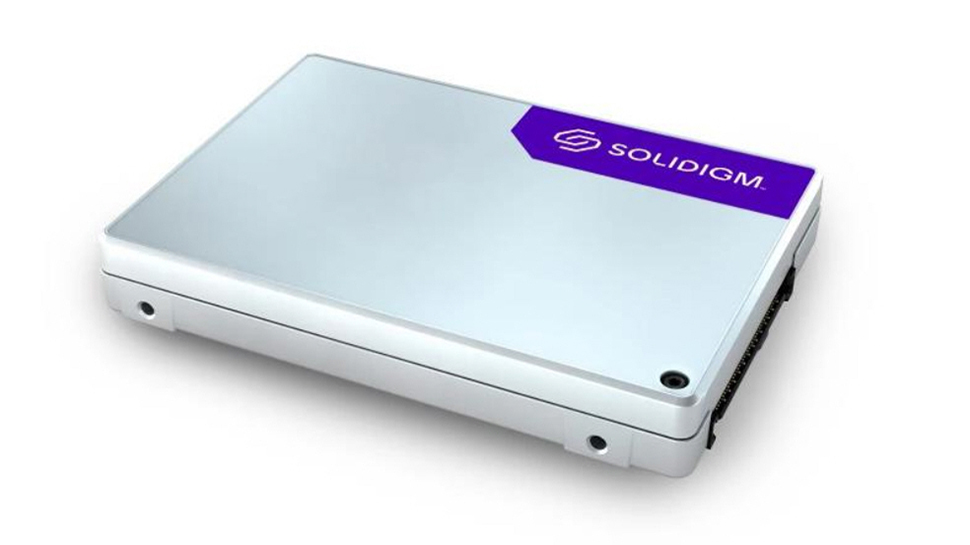Price of world's largest SSD has nearly doubled since launch - could extreme demand for AI servers and training be behind shocking price tag of Solidigm's 61.44TB SSD?
You'll be kicking yourself if you were hoping the launch price was going to drop

When the 61.44TB Solidigm SSD went on pre-sale in January 2024, I noted that the world’s largest SSD was far cheaper than expected, offering a per-terabyte price much lower than smaller 8TB SSDs. If you pre-ordered Solidigm's drive from PC Nation, it would have set you back $3,975.16, while Tech-America offered it for $3,692.00. Not exactly pocket change, but fair considering its massive capacity.
Fast forward to today, and things have taken a turn. Now that it’s readily available, the price has skyrocketed. At Tech-America it’s jumped by over 95% to $7,204.
Looking to shop around? We don’t blame you. You can still save by ordering from Wiredzone, where it’s priced at $7,132, $72 cheaper. Notice we didn't say it would be a big saving. Of course, there are more significant discounts to be had by buying in bulk, but for a single drive, that’s quite the price hike.
Is it worth it?
Solidigm's SSD is ideal for AI servers, and the demand is clearly there - but that’s still a hefty leap. So, what exactly are you getting for your money?
The 61.44TB Solidigm SSD is housed in a U.2 15mm form factor (you can also get it in the E1.S form) and uses a PCIe 4.0 x4 NVMe interface, paired with advanced 192-layer QLC 3D NAND. It reaches up to 1,005,000 IOPS for 4K random reads and 42,600 IOPS for 16K random writes, making it perfect for data-heavy applications. With read latency as low as 8 microseconds and a sequential write latency of 15 microseconds, it offers rapid data access and processing speeds.
Given that you’d be paying over seven grand for the SSD, you’ll be glad to know it’s rated for 0.5 drive writes per day (DWPD) and has a mean time between failures (MTBF) of 2 million hours, ensuring long-term reliability.
Power consumption is 24W under active use and 5W when idle, making it energy-efficient for its size. Plus, it’s built to handle tough conditions, enduring up to 2.17 GRMS of vibration and 1,000 G of shock, all while operating comfortably between 0-70°C.
Are you a pro? Subscribe to our newsletter
Sign up to the TechRadar Pro newsletter to get all the top news, opinion, features and guidance your business needs to succeed!
More from TechRadar Pro

Wayne Williams is a freelancer writing news for TechRadar Pro. He has been writing about computers, technology, and the web for 30 years. In that time he wrote for most of the UK’s PC magazines, and launched, edited and published a number of them too.